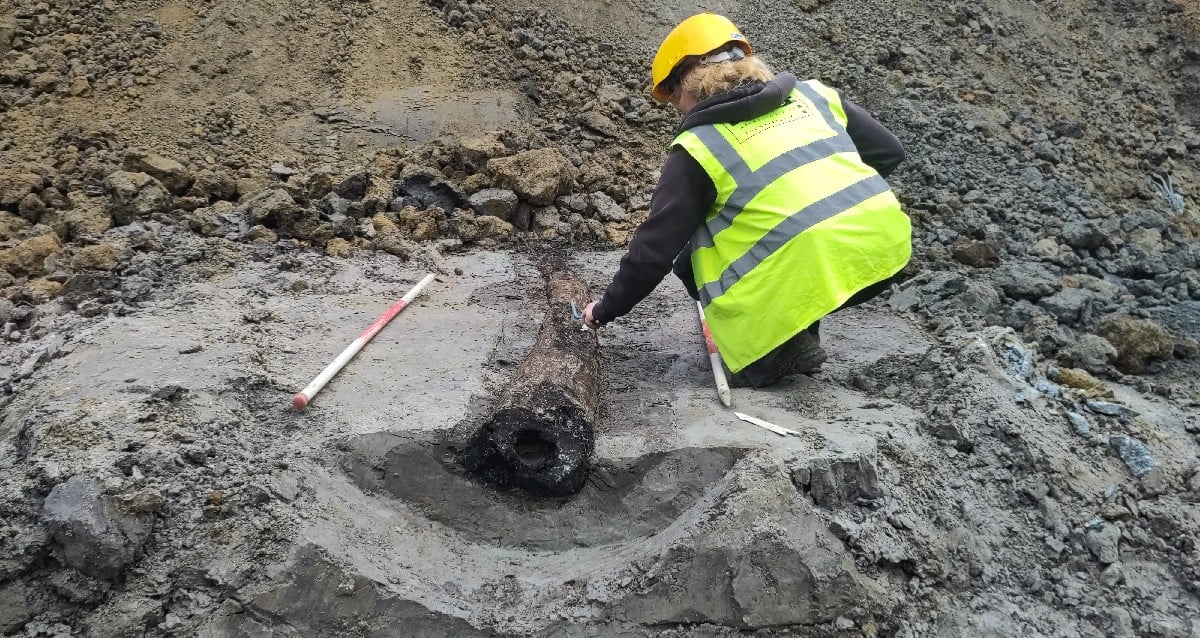Hidden Beneath Belgium’s Streets, Ancient Wooden Roman Pipes Rewrite History—What Secrets Do They Hold?
So picture this: you’re digging around 13 feet beneath a bustling Belgian city street, not expecting much except maybe some old bottles or ancient chewing gum — and bam! You hit a time capsule in the form of a wooden pipe, carved by Roman hands somewhere between the first and third centuries C.E. What’s wild is that this isn’t just any pipe; it somehow dodged centuries of decay thanks to the marshy soil of the Dyle River valley, making it a rare, almost perfectly preserved relic whispering ancient secrets. Now here’s the kicker—Leuven was thought to be a tiny, forgettable Roman outpost, but the sophistication of this pipe suggests maybe those Romans cared a tad more about this spot than we gave them credit for. Could it be that Leuven was a bigger deal in the Empire’s empire than just a spot to nap on the road? Makes you wonder what else could be lurking just beneath our feet, right? LEARN MORE.
The wooden pipes found in Leuven, Belgium, were installed between the first and third centuries C.E., but they were well-preserved thanks to the marshy soil in the area.
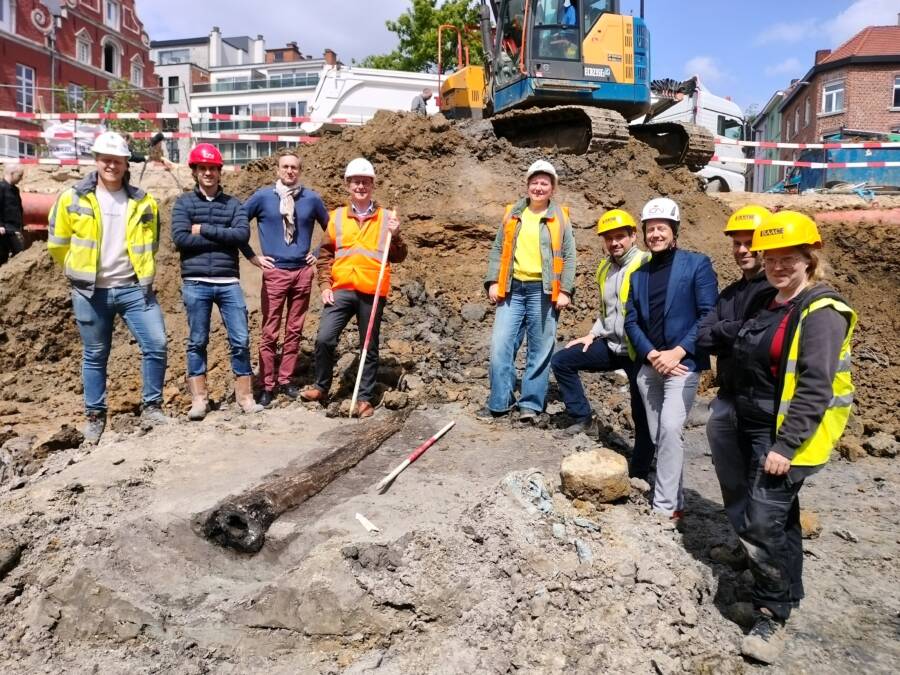
Leuven City CouncilThe pipe hints at Leuven’s ancient role as an outpost of the Roman Empire.
During routine excavations ahead of the construction of a new student residence in Leuven, Belgium, archaeologists stumbled upon a spectacular find. Around 13 feet beneath the modern city street, they uncovered a Roman-era wooden pipe in remarkably good condition. Though traces of similar pipes have been found in other Belgian cities, this particular pipe has been protected over the centuries by the marshy soil of the Dyle River valley.
Historians have long known that Leuven was the site of a small Roman outpost, but the sophistication of the pipe suggests that the ancient settlement may have been more prominent than previously believed.
The Roman-Era Wooden Pipe In Leuven
According to a press release from the Leuven City Council, the Roman pipe was found during excavations beneath Brusselsestraat ahead of the construction of new student housing. The pipe is between 65 and 100 feet long and made from hollow tree trunks, which each measure about six feet in length.
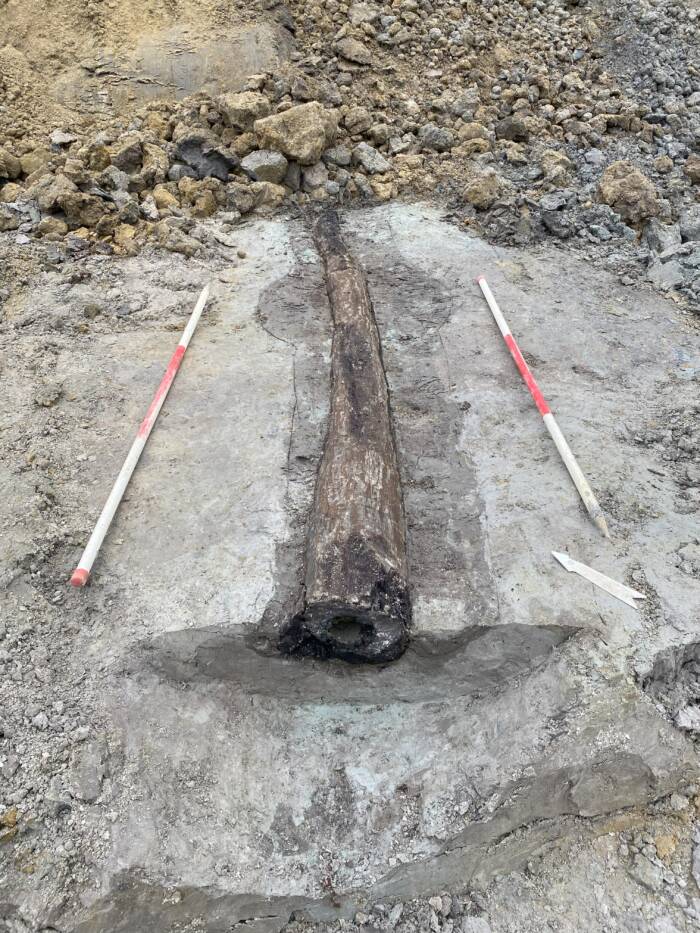
Leuven City CouncilThe wooden pipe is between 65 and 100 feet long and is in remarkably good condition.
In other Belgian cities like Tienen, archaeologists have found “indications of what used to be… wooden Roman water pipe[s],” but the pipe found in Leuven is “a unique archaeological find for in Flanders.” It is the first time a complete Roman wooden water pipe has been discovered in the region.
“That intersection was probably at the Blauwe Hoek in Leuven, a place where the [Dyle River] could be forded. It is also the Dyle that has ensured that the wooden water pipe that was found has been exceptionally well preserved for all those centuries,” Dirk Vansina, councillor for Public Works, explained. “Wood rots away when the groundwater level alternates between wet and dry. Due to the proximity of the Dyle, the subsoil here was always marshy and the ravages of time have been very gentle on this water pipe.”
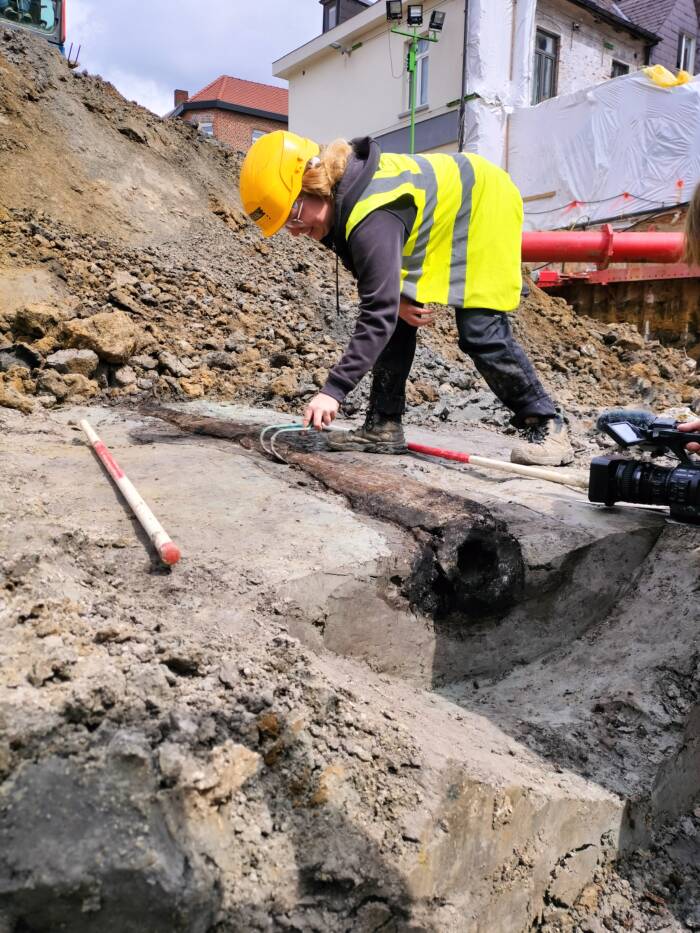
Leuven City CouncilAn archaeologist with the Roman-era wooden pipe, which is a “unique archaeological find” and a first for the Flanders region.
Though archaeologists plan to conduct dendrochronological analysis on the pipe (a study of its tree rings) in order to determine its age, they believe that it dates to between the first and third centuries C.E. During this time, Leuven was one of the countless outposts on the outskirts of the Roman Empire.
Leuven In The Ancient Roman Empire
During the second and third centuries C.E., Leuven was a “pinprick” in the Roman Empire, according to the Leuven City Council. It was probably a “diverticulum,” a settlement of houses and farms located near a military road that connected to a larger artery between Cologne and Boulogne.
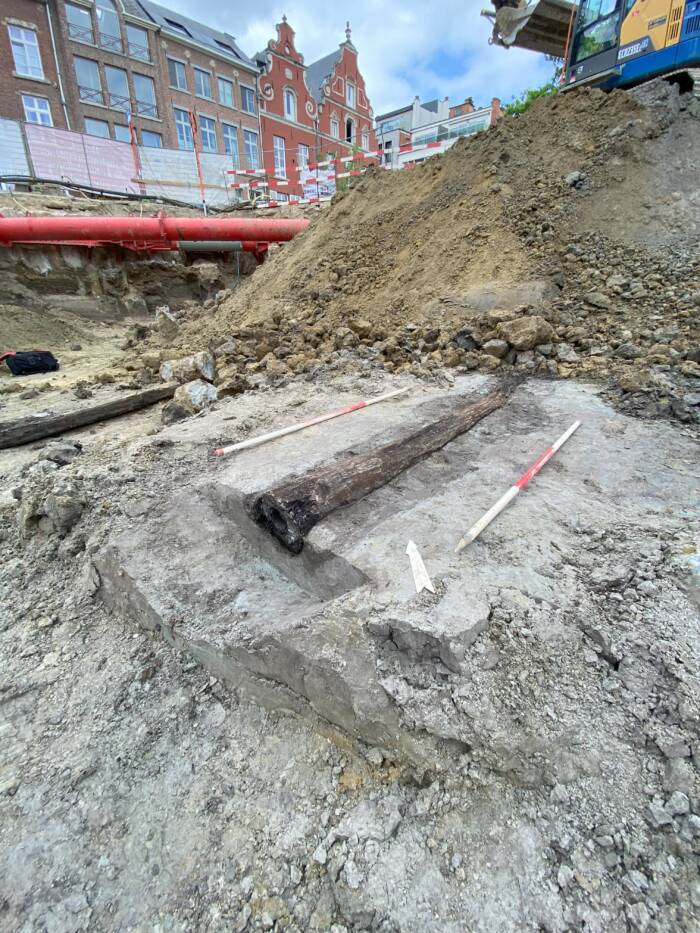
Leuven City CouncilFound 13 feet beneath the ground, the wooden pipe speaks to Leuven’s heritage as an ancient Roman settlement.
Leuven may have been small, but the discovery of the wooden pipe buried deep beneath its city streets raises new questions about its significance during Roman times. The presence of the pipe shows that Leuven was important enough to the Romans to invest in its development — not just a forgotten outpost.
Vansina noted, “The size of Leuven in Roman times was limited, but finds like these prove that the Roman presence was certainly not without obligation and that it is worth the effort to keep digging and bring this past back to the surface bit by bit.”
Next, the archaeologists will work to study and preserve the pipe. It will be transferred to a conservation lab, where it will be analyzed to determine its exact age. Then, archaeologists will freeze dry the pipe, so that it can be “optimally preserved and possibly exhibited later.”
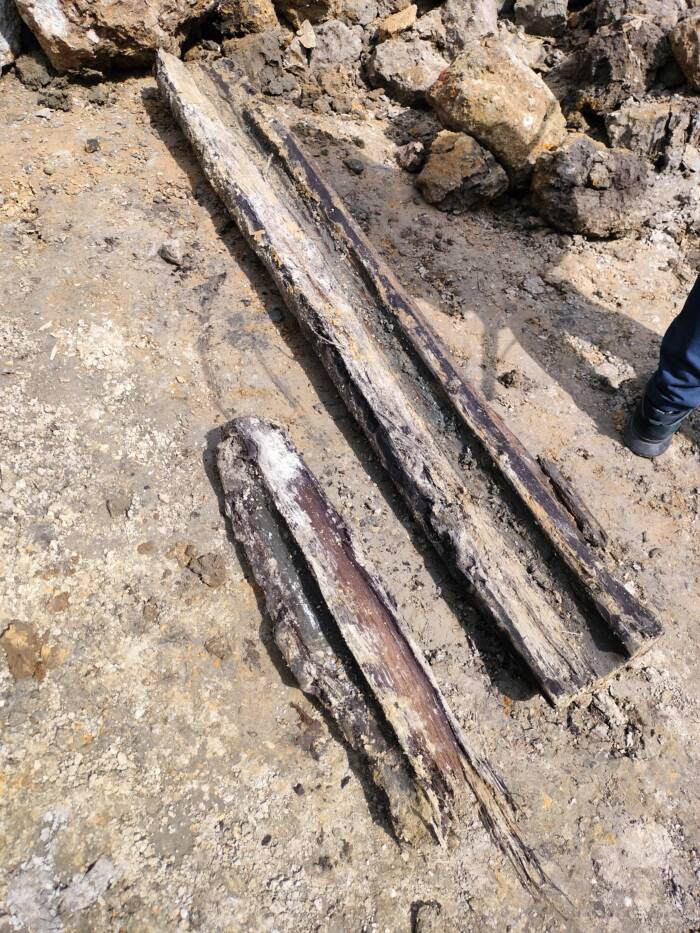
Leuven City CouncilArchaeologists plan to freeze dry the pipe in order to preserve it and possibly prepare it for exhibition.
In the meantime, it’s yet to be seen what other centuries-old Roman artifacts are quietly sitting under Leuven’s city streets.
